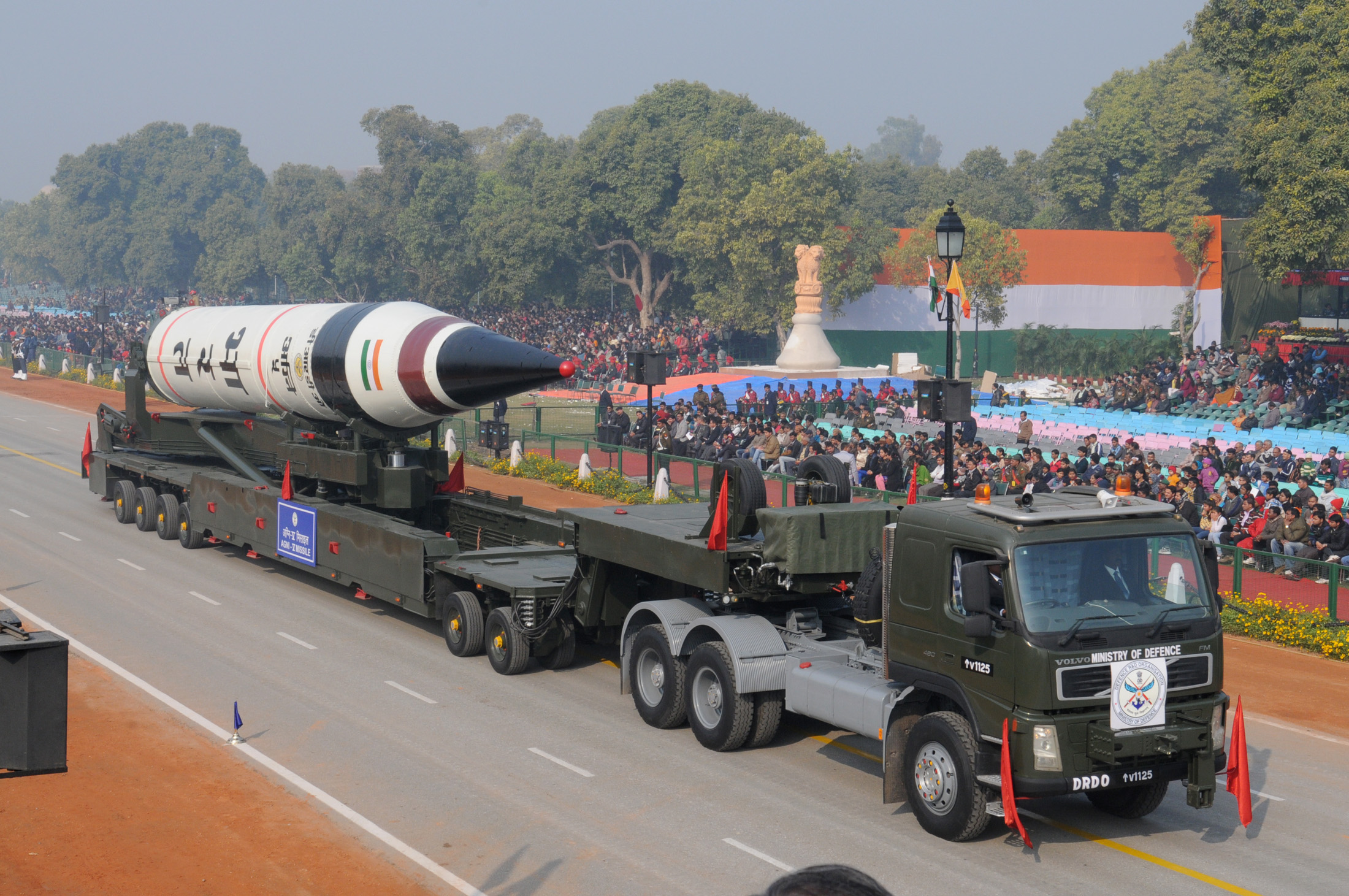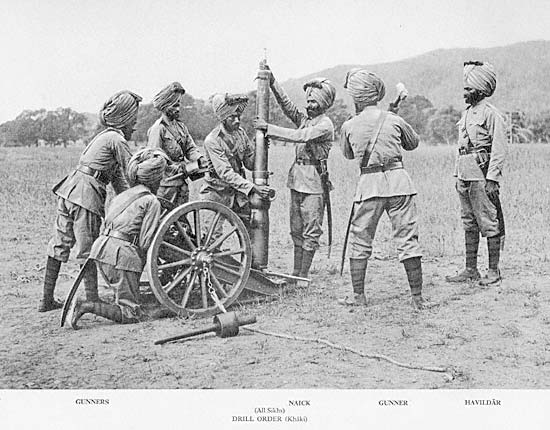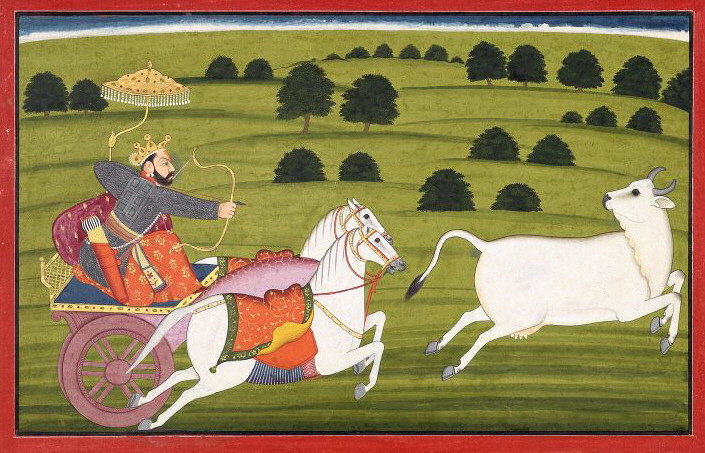|
IGMDP
The Integrated Guided Missile Development Programme (IGMDP) was an Indian Ministry of Defence programme for the research and development of the comprehensive range of missiles. The programme was managed by the Defence Research and Development Organisation (DRDO) and Ordnance Factories Board in partnership with other Indian government political organisations. The project started in 1982–83 under the leadership of Abdul Kalam who oversaw its ending in 2008 after these strategic missiles were successfully developed. On 8 January 2008, the DRDO formally announced the successful rated guided missile programme was completed with its design objectives achieved since most of the missiles in the programme had been developed and inducted by the Indian Armed Forces. History By the start of the 1980s, the Defence Research and Development Laboratory (DRDL) had developed competence and expertise in the fields of propulsion, navigation and manufacture of aerospace materials based on the ... [...More Info...] [...Related Items...] OR: [Wikipedia] [Google] [Baidu] |
Agni (missile)
The Agni missile (Sanskrit: अग्नि; lit. ''Fire'') is a family of medium to intercontinental range ballistic missiles developed by India, named after one of the five elements of nature. Agni missiles are long-range, nuclear weapons capable, surface-to-surface ballistic missiles. The first missile of the series, Agni-I was developed under the Integrated Guided Missile Development Programme (lGMDP) and tested in 1989. After its success, the Agni missile programme was separated from the GMDP upon realizing its strategic importance. It was designated as a special programme in India's defence budget and provided adequate funds for subsequent development. , the missiles in the Agni series are being inducted into service. The family comprises the following: Agni-I The two-stage Agni technology demonstrator, with a solid-fuel first stage, was first tested at the Interim Test Range in Chandipur in 1989. It was capable of carrying a conventional payload of 1,000 k ... [...More Info...] [...Related Items...] OR: [Wikipedia] [Google] [Baidu] |
Abdul Kalam
Avul Pakir Jainulabdeen Abdul Kalam ( ; 15 October 193127 July 2015) was an Indian Aerospace engineering, aerospace scientist and statesman who served as the president of India from 2002 to 2007. Born and raised in a Muslim family in Rameswaram, Tamil Nadu, Kalam studied physics and aerospace engineering. He spent the next four decades as a scientist and science administrator, mainly at the Defence Research and Development Organisation (DRDO) and Indian Space Research Organisation (ISRO) and was intimately involved in India's civilian space programme and military Integrated Guided Missile Development Program, missile development efforts. He was known as the "Missile Man of India" for his work on the development of ballistic missile and launch vehicle technology. He also played a pivotal organisational, technical, and political role in ''Pokhran-II'' nuclear tests in 1998, India's second such test after the Smiling Buddha, first test in 1974. Kalam 2002 Indian presidential el ... [...More Info...] [...Related Items...] OR: [Wikipedia] [Google] [Baidu] |
Defence Research And Development Organisation
The Defence Research and Development Organisation (DRDO) is an agency under the Department of Defence Research and Development in the Ministry of Defence of the Government of India, charged with the military's research and development, headquartered in New Delhi, India. It was formed in 1958 by the merger of the Technical Development Establishment and the Directorate of Technical Development and Production of the Indian Ordnance Factories with the Defence Science Organisation under the administration of Jawaharlal Nehru. Subsequently, Defence Research & Development Service (DRDS) was constituted in 1979 as a service of Group 'A' Officers / Scientists directly under the administrative control of the Ministry of Defence. With a network of 52 laboratories that are engaged in developing defence technologies covering various fields like aeronautics, armaments, electronics, land combat engineering, life sciences, materials, missiles, and naval systems, DRDO is India's largest a ... [...More Info...] [...Related Items...] OR: [Wikipedia] [Google] [Baidu] |
Indian Armed Forces
The Indian Armed Forces are the armed forces, military forces of the India, Republic of India. It consists of three professional uniformed services: the Indian Army, the Indian Navy, and the Indian Air Force.—— Additionally, the Indian Armed Forces are supported by the Central Armed Police Forces, the Indian Coast Guard, and the Special Frontier Force and various Jointness and integration in the Indian military, inter-service commands and institutions such as the Strategic Forces Command, the Andaman and Nicobar Command, and the Integrated Defence Staff. The President of India is the Commander-in-Chief, Supreme Commander of the Indian Armed Forces but the executive authority and responsibility for national security is vested in the Prime Minister of India and their chosen Cabinet Committee on Security, Cabinet Ministers. The Indian Armed Forces are under the management of the Ministry of Defence (India), Ministry of Defence of the Government of India. With strength of over ... [...More Info...] [...Related Items...] OR: [Wikipedia] [Google] [Baidu] |
Defence Research And Development Laboratory
Defence Research and Development Laboratory (DRDL) is an Indian missile development laboratory, part of the Defence Research and Development Organization (DRDO). Their charter is centered on the design, development, and flight evaluation of various types of missile systems for the Indian armed forces. History In 1958, the Indian government constituted a team of engineers, mostly from the Indian Ordnance Factories Service - called the Special Weapons Development Team - to research guided missile weapons development. It was founded by S. P. Chakravarti, the father of Electronics and Telecommunication engineering in India, who also founded the DLRL and the Electronics and Radar Development Establishment (LRDE). This team was later expanded into DRDL, a full-fledged laboratory, in June 1961, at the campus of Defence Science Centre, Delhi. It later shifted to Hyderabad after the state government granted them the former Nizam's army barracks. This was the genesis of the Defence ... [...More Info...] [...Related Items...] OR: [Wikipedia] [Google] [Baidu] |
Surface-to-surface Missile
A surface-to-surface missile (SSM) is a missile designed to be launched from the ground or the sea and strike targets on land or at sea. They may be fired from hand-held or vehicle mounted devices, from fixed installations, or from a ship. They are often powered by a rocket engine or sometimes fired by an explosive charge, since the launching platform is typically stationary or moving slowly. They usually have fins and/or wings for lift and stability, although hyper-velocity or short-ranged missiles may use body lift or fly a ballistic trajectory. The first operational surface-to-surface missile was the V-1 flying bomb, it was powered by a pulsejet engine. Contemporary surface-to-surface missiles are usually guided. An unguided surface-to-surface missile is usually referred to as a rocket (for example, an RPG-7 or M72 LAW is an anti-tank rocket), whereas a BGM-71 TOW or AT-2 Swatter is an anti-tank guided missile. Examples of surface-to-surface missile include the MGM-140 ... [...More Info...] [...Related Items...] OR: [Wikipedia] [Google] [Baidu] |
MTCR
The Missile Technology Control Regime (MTCR) is a multilateral export control regime. It is an informal political understanding among 35 member states that seek to limit the proliferation of missiles and missile technology. The regime was formed in 1987 by the G-7 industrialized countries. The MTCR seeks to limit the risks of proliferation of weapons of mass destruction (WMD) by controlling exports of goods and technologies that could make a contribution to delivery systems (other than manned aircraft) for such weapons. In this context, the MTCR places particular focus on rockets and unmanned aerial vehicles capable of delivering a payload of at least to a range of at least and on equipment, software, and technology for such systems. The MTCR is not a treaty and does not impose any legally binding obligations on partners (members). Rather, it is an informal political understanding among states that seek to limit the proliferation of missiles and missile technology. Guidelin ... [...More Info...] [...Related Items...] OR: [Wikipedia] [Google] [Baidu] |
Sanskrit Language
Sanskrit (; stem form ; nominal singular , ,) is a classical language belonging to the Indo-Aryan languages, Indo-Aryan branch of the Indo-European languages. It arose in northwest South Asia after its predecessor languages had Trans-cultural diffusion, diffused there from the northwest in the late Bronze Age#South Asia, Bronze Age. Sanskrit is the sacred language of Hinduism, the language of classical Hindu philosophy, and of historical texts of Buddhism and Jainism. It was a lingua franca, link language in ancient and medieval South Asia, and upon transmission of Hindu and Buddhist culture to Southeast Asia, East Asia and Central Asia in the early medieval era, it became a language of religion and high culture, and of the political elites in some of these regions. As a result, Sanskrit had a lasting effect on the languages of South Asia, Southeast Asia and East Asia, especially in their formal and learned vocabularies. Sanskrit generally connotes several Indo-Aryan languages# ... [...More Info...] [...Related Items...] OR: [Wikipedia] [Google] [Baidu] |
Prithvi
Prithvi (Sanskrit: पृथ्वी, ', also पृथिवी, ', "the Vast One", also rendered Pṛthvī Mātā), is the Sanskrit name for the earth, as well as the name of the goddess-personification of it in Hinduism. The goddess Prithvi is an archetypal Mother Goddess, and one of the most important goddesses in the historical Vedic religion. She is depicted as a stable, fertile, and benevolent presence in the Vedas. She is frequently addressed as a mother, and a nurturing, generous goddess who provides sustenance to all beings living on her vast, firm expanse. While the ''Rigveda'' predominantly associates her with Dyaus ('Father Sky'), the ''Atharvaveda'' and later texts portray her as an independent deity. In classical Hinduism, the figure of Prithvi is supplanted by the goddess Bhumi, while the term Prithvi serves as one of her epithets. She becomes significantly associated with Vishnu, one of the most important gods in later Hinduism, and his avatars—Varaha ... [...More Info...] [...Related Items...] OR: [Wikipedia] [Google] [Baidu] |
Agni-V Missile During Rehearsal Of Republic Day Parade 2013
Agni-V (Sanskrit: अग्नि; lit. Fire) is a land based nuclear MIRV-capable Intercontinental Ballistic Missile (ICBM) developed by the Defence Research and Development Organisation (DRDO) of India. The missile has a range of more than 7,000 km. It is a three-stage, road-mobile, canisterised and solid-fuelled ballistic missile. It is one of the fastest missiles in the world, reaching speeds up to 29,400 km/h. Development Agni-V is primarily for enhancing the Indian nuclear deterrence against China. Until recently, the longest range missile India had was Agni-III with a range of 3500 km. If launched from central India this range was not sufficient to reach targets on the extreme eastern and north-eastern region of China. Most of the major economic centres of China lay on its eastern seaboard. Senior defence scientist M. Natarajan disclosed in 2007 that DRDO was working on an upgraded version of the Agni-III, known as the Agni-V, and that it would be rea ... [...More Info...] [...Related Items...] OR: [Wikipedia] [Google] [Baidu] |
Ballistic Missile
A ballistic missile is a type of missile that uses projectile motion to deliver warheads on a target. These weapons are powered only during relatively brief periods—most of the flight is unpowered. Short-range ballistic missiles (SRBM) typically stay within the Earth's atmosphere, while most larger missiles travel outside the atmosphere. The type of ballistic missile with the greatest range is an intercontinental ballistic missile (ICBM). The largest ICBMs are capable of full orbital flight. These missiles are in a distinct category from cruise missiles, which are aerodynamically guided in powered flight and thus restricted to the atmosphere. History One modern pioneer ballistic missile was the A-4, commonly known as the V-2, developed by Nazi Germany in the 1930s and 1940s under the direction of Wernher von Braun. The first successful launch of a V-2 was on October 3, 1942, and it began operation on September 6, 1944, against Paris, followed by an attack on London two ... [...More Info...] [...Related Items...] OR: [Wikipedia] [Google] [Baidu] |







